|
Click pictures for a larger version.
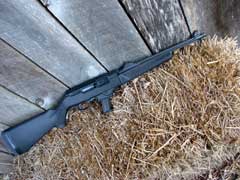
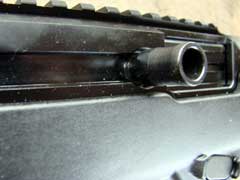
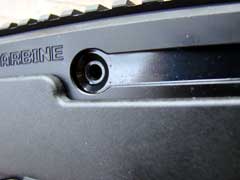
The PC Carbine's charging handle is reversible for use
on either side.
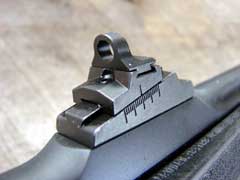

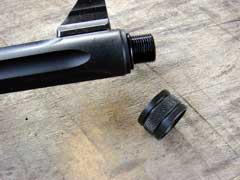
Muzzle is threaded 1/2x28 TPI for suppressors or muzzle
brakes.
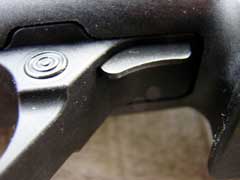
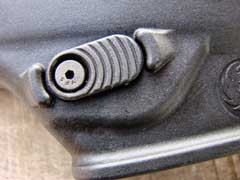
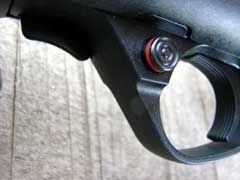
Bolt stop (top), magazine catch (center), crossbolt
safety (bottom).

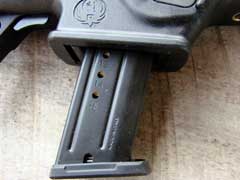
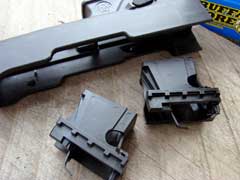
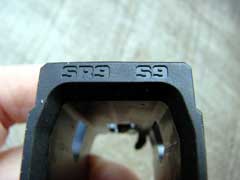
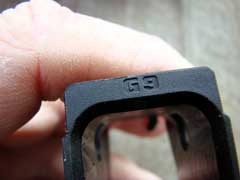
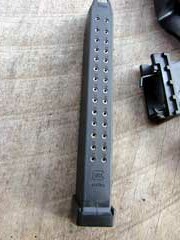
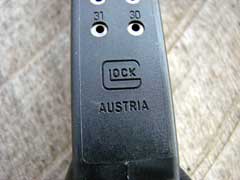
PC Carbine will run with both Ruger and Glock
magazines.
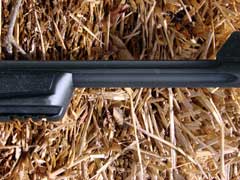
Sixteen-inch fluted barrel.

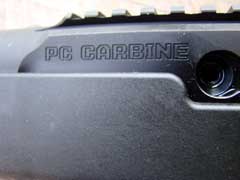
|
|
Ruger has just
introduced a new pistol-caliber carbine, called, cleverly
enough, the PC Carbine, chambered for the 9x19mm (9mm Luger)
cartridge. The new PC Carbine differs from the PC9 and PC4
carbines built by Ruger from 1996 to 2006. The new PC Carbine
has several features that make it a better carbine than the
previous ones. There was nothing wrong with the PC9 and PC4, but
to me, the new PC Carbine is a better package.
One thing that Ruger chose to do with the new
PC Carbine is to enable the weapon to use Glock
and Glock-compatible 9mm magazines. This feature will endear the
PC Carbine to many shooters, as the Glock magazines are both
cheap and plentiful, while being reliable. There are lots of
Glock magazines on the market, and I have found that even the
Asian copies are very good. The thirty-three-round Asian mags
are available online for under twenty bucks each. In addition to
the Glock mags, the new PC Carbine will also accept Ruger
SR9, Security-9, and Ruger
American 9mm magazines. The carbine comes with the Ruger mag
well in place, and is also furnished with a magazine well to run
with the Glock magazines. Switching from one mag well to the
other takes only a couple of minutes. To do so, remove the
receiver from the stock be loosening two Allen-head screws
(wrench furnished with the gun), press the magazine release, and
lift the module from the stock. Pop in the other module,
reinstall the receiver into the stock, and it is ready to run
the other type magazine. Perfect.
The little PC Carbine handles very well, and
is balanced for easy handling; the carbine weighs in at six
pounds, ten ounces on my scales. The trigger pull is excellent,
releasing crisply with about four ponds resistance. The reach to
the trigger can be adjusted by either removing or adding spacers
to the buttstock, between stock and recoil pad. Three spacers
are furnished with the rifle. The barrel and forearm of the
stock remove quickly and without tools for easy transport or
storage, and go back together just as quickly. The stock is a
black synthetic, and is well-textured on the forearm and pistol
grip for a secure hold. The receiver and barrel are finished in
a matte black, giving the little carbine a well-matched, black
finish.
The sights on the PC carbine are very useful,
and a good choice for a weapon of this type. The rear aperture
is adjustable for both windage and elevation correction, with
the front post protected by wings on both sides. The carbine has
a multi-piece bolt assembly that attenuates recoil. The bolt
carrier hits the receiver with half the total bolt mass and when
it bounces back it bumps into the weight and they cancel much of
each other's momentum. The
felt recoil of this little weapon is almost nothing. Even using
the +P loads from Buffalo Bore and Double Tap Ammunition, recoil
is light. Also, the sixteen-inch fluted barrel provides muzzle
velocities a couple of hundred fee-per-second (fps) faster than
the velocities registered from pistol barrels. The 124 grain
Buffalo Bore jacketed hollowpoint +P registered 1479 fps twelve
feet from the muzzle. CCI Blazer Brass 124 grain FMJ clocked
almost 1280 fps at the same distance.
The endearing qualities of a 9x19mm carbine
include low recoil, low muzzle blast, and the ability for its
user to put a lot of holes into a target quickly. With good +P
hollowpoint ammunition, the 9mm from a carbine barrel are very
effective on tissue. The Ruger PC Carbine is as easy to shoot,
and easy to shoot well, much like their 10/22
carbine. The operation is very similar, with the charging
handle and crossbolt safety being in the same locations. The
bolt stop also works like the one on the 10/22, as does the
take-down latch.
As mentioned earlier, the PC Carbine will run
with either Ruger magazines, or Glock-pattern magazines, so I
fired the carbine with both types. Starting out with the
supplied seventeen-round Ruger mag, I loaded it to capacity with
CCI Blazer Brass 115 grain full metal jacket (FMJ) ammo, and
proceeded to fire on steel targets from seven out to one-hundred
yards. A note on loading the magazines; like most double-stack
9mm magazines, I greatly appreciate using the UpLULA
mag loader to assist in the loading process. There are other
useful magazine loaders on the market, but I have found none as
good as the UpLULA. It works, and makes getting those last
couple of cartridges into the mag much easier. Right out of the
box, the PC Carbine ran flawlessly. Every cartridge fed, fired,
and ejected perfectly. Switching to high-performance hollowpoint
ammunition from Buffalo Bore and Double Tap, the PC Carbine
continued to run without fail. Recoil was mild, even with the +P
ammunition, and again, the weapon ran perfectly. Switching out
to the Glock mag well, I loaded a thirty-three round Glock
magazine, again with the CCI FMJ ammo, which ran flawlessly,
with two exceptions: I had one failure-to-feed early on, and one
failure-to-eject a few magazines later. Other than those two
incidents, the PC Carbine ran smoothly with every other
cartridge tried. Even the Lehigh
Extreme Penetrator ammo, which will sometimes hang up while
feeding. ran perfectly in the Ruger PC Carbine.
While the mechanical sights on this PC
Carbine work very well, for accuracy testing, I mounted a Leupold
Mark 6 target scope, to evaluate the accuracy potential of
the rifle. The PC Carbine has a section of Picatinny rail
integral with the top of the receiver, so mounting the Leupold
was quick and easy. I fired five-shot groups at fifty yards for
accuracy, and the PC Carbine shot much better than expected.
Every group fired, with every type of ammo tested, grouped five
shots into less than one inch, every time. The Buffalo Bore 125
grain +P load grouped into half of that, every time. This little
PC Carbine is accurate! It is certainly plenty accurate for
hunting medium game and predators, as well as for social work,
if needed. For a handy little carbine to keep in the truck,
jeep, tractor, or ATV, the little Ruger is an excellent choice.
With an overall length of thirty-five inches with one spacer in
place, the carbine handles easily. It takes down quickly for
storage if space is limited, or for transport in a gym bag or
other small case. Separated into its two sections, the longest
of which is only about twenty inches, the PC Carbine takes up
little space, yet assembles for use in under five seconds.
Most-importantly, it doesn’t look as if you are transporting a
rifle.
As of its introduction, the Ruger PC Carbine
retails for $649.00 US, but some judicious shopping should yield
a "street price" somewhere around the $500.00 mark;
this represents a great value for a high-quality carbine such as
the PC Carbine.
The 9mm Ruger PC Carbine is a good choice
when one wants something with more power than a 9mm pistol, but
much easier to shoot and handle than a full-powered rifle. The
Ruger PC Carbine is light, handy, powerful and accurate, and
like all Ruger firearms, the PC carbine is made in the USA.
Check out the extensive line of Ruger
firearms and accessories online at www.ruger.com.
To order the new PC Carbine online, click on
the GUN GENIE at www.galleryofguns.com.
To find a Ruger dealer near you, click on the
DEALER FINDER at www.lipseys.com.
To
order quality 9mm ammunition, go to www.luckygunner.com, www.buffalobore.com, www.doubletapammo.com,
and www.midsouthshooterssupply.com
Jeff
Quinn
  
Got something to say about this article?
Want to agree (or disagree) with it? Click the following link to
go to the GUNBlast Feedback Page.
|
|
Click pictures for a larger version.
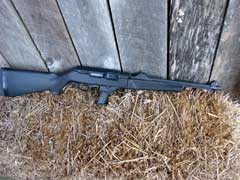
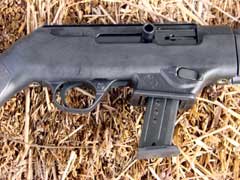

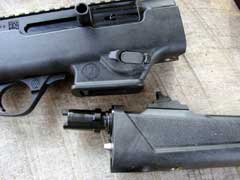
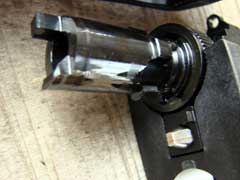
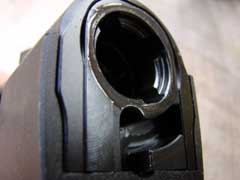
PC Carbine takes apart quickly for handy storage.

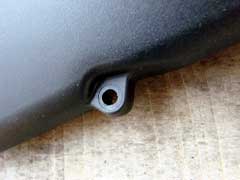
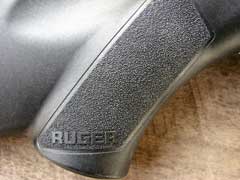
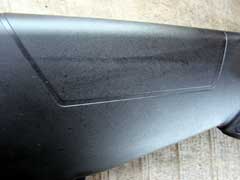
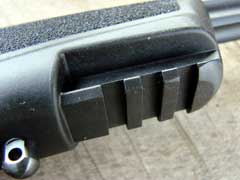
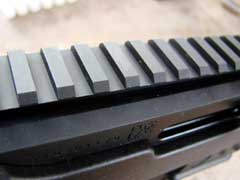

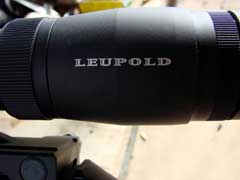


Accuracy testing was done from the bench at fifty
yards using a Leupold target scope. Five-shot groups shown.
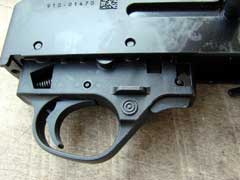
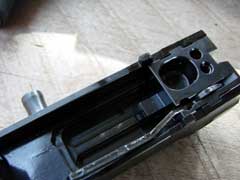
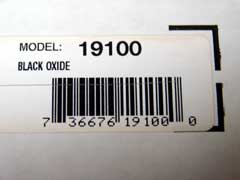
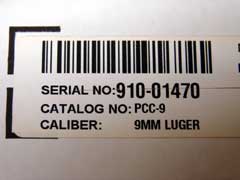
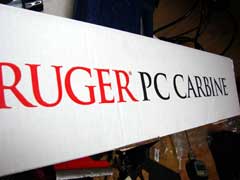
|
![]()